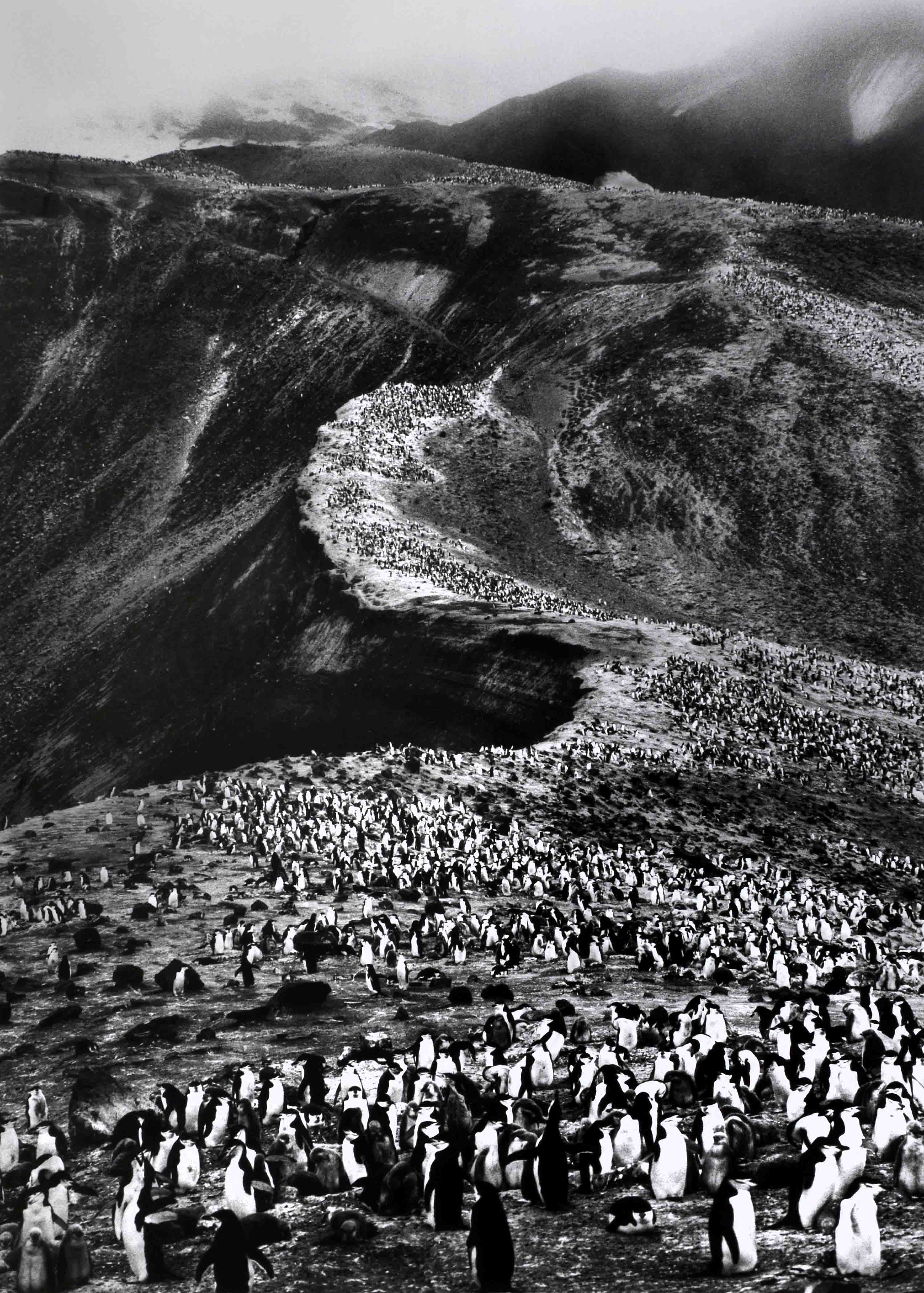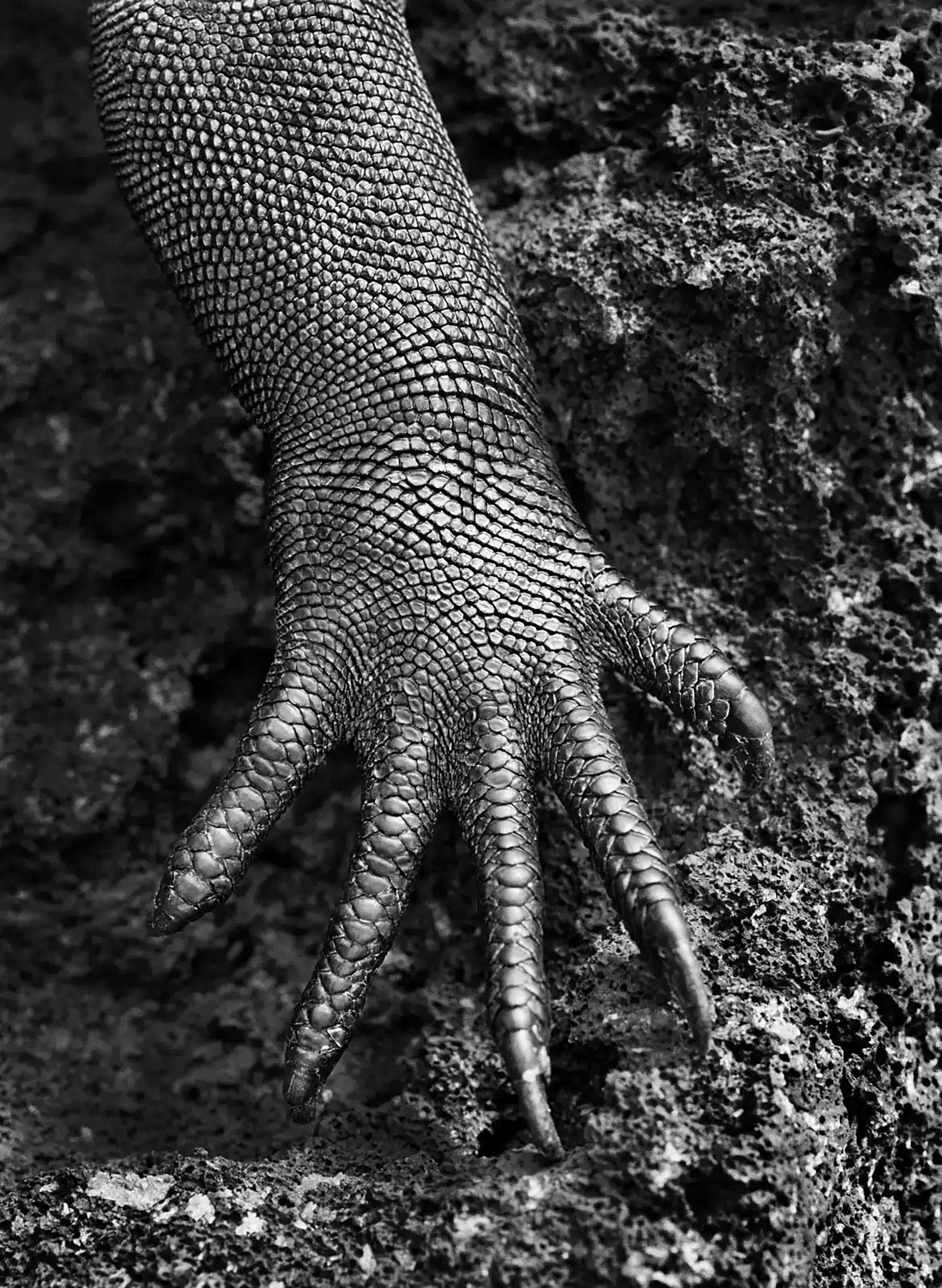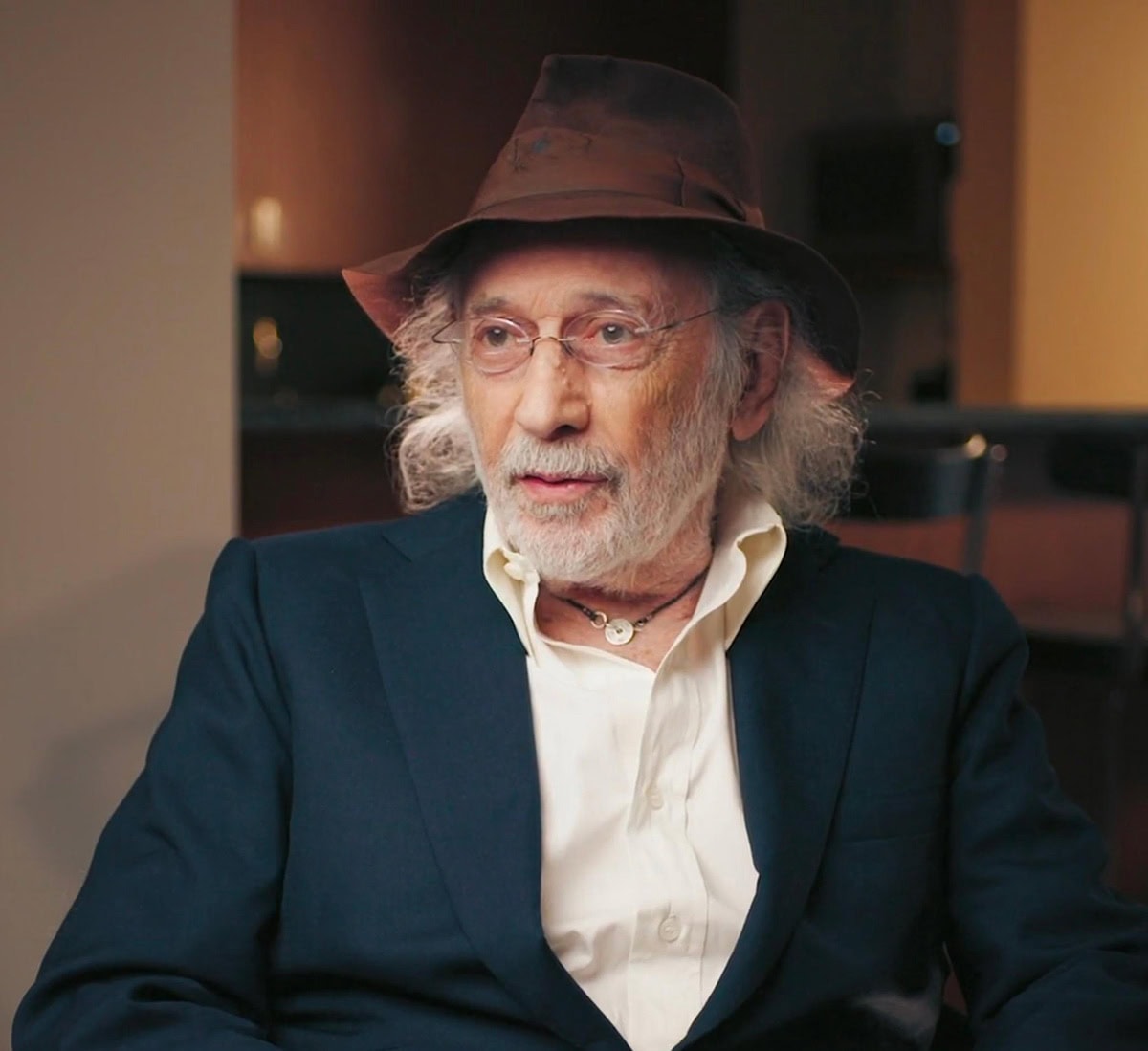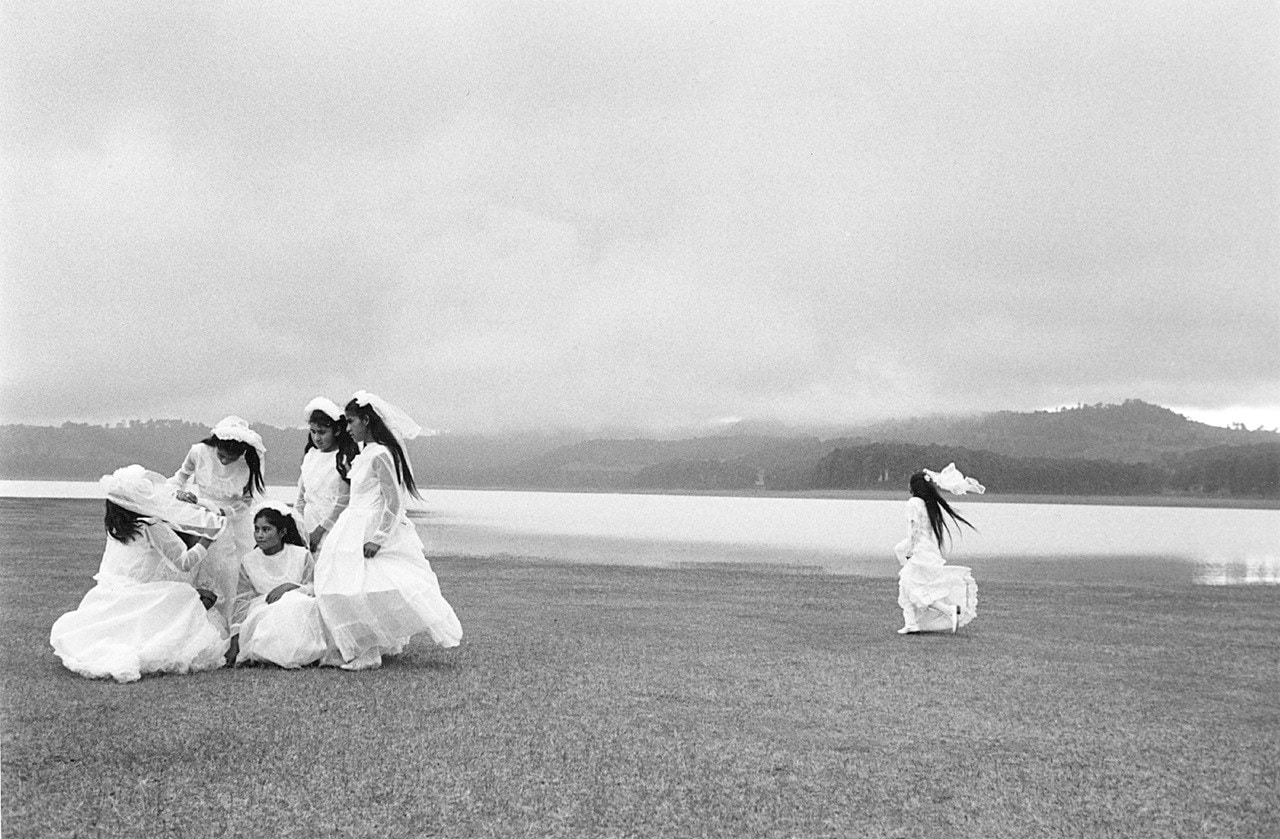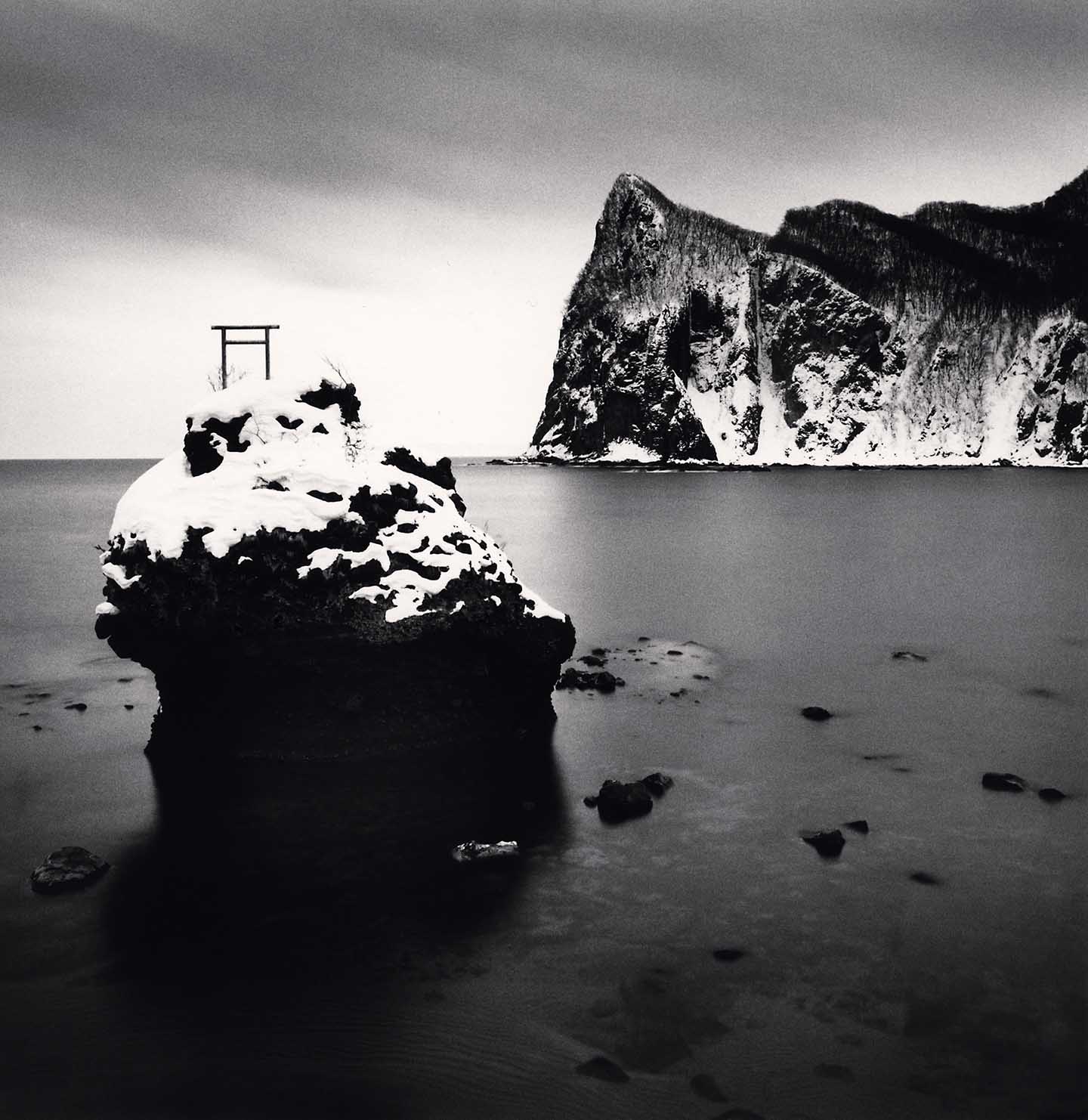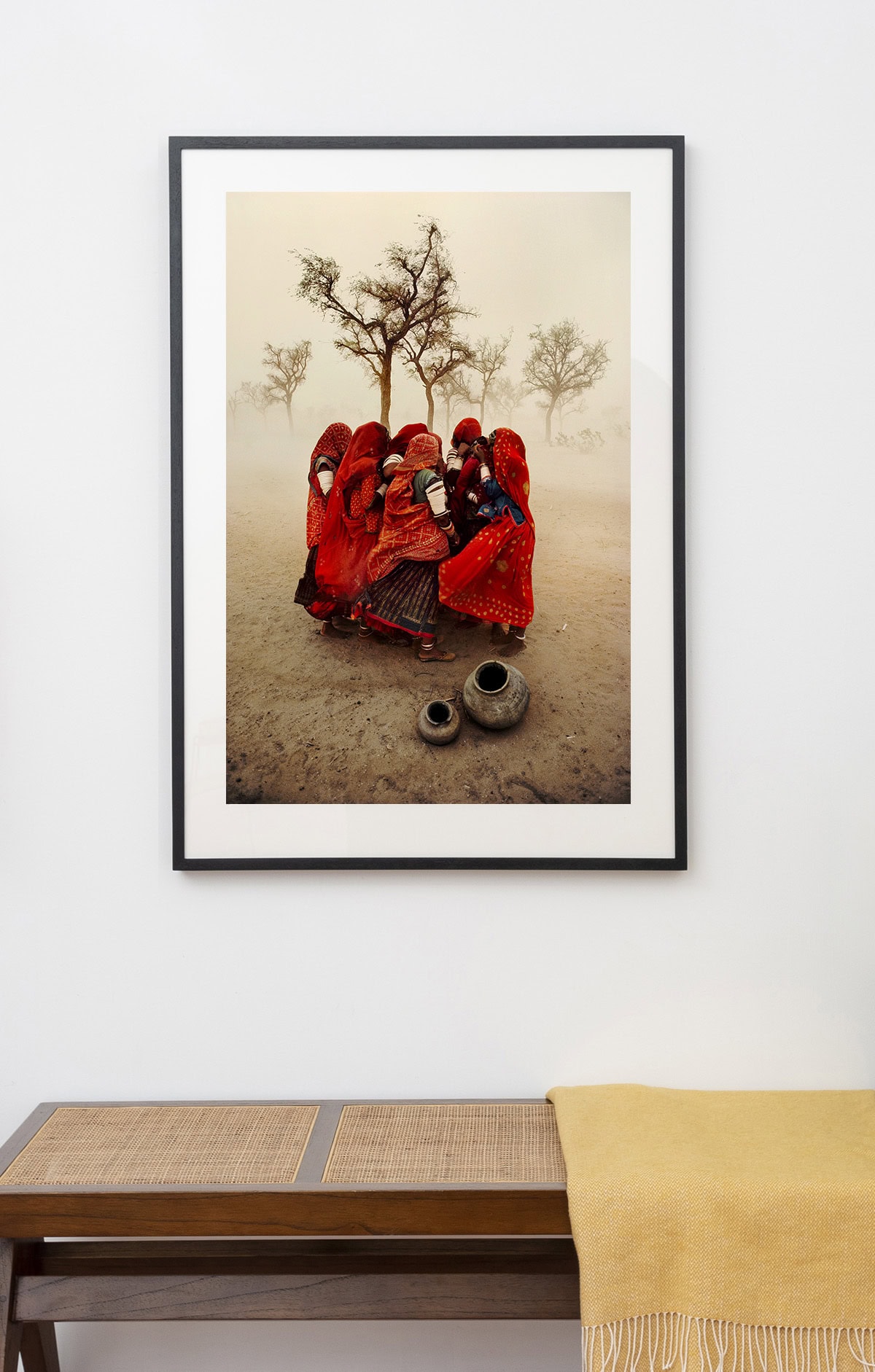Magnum Opus: Sebastião Salgado’s best-known works newly released in Platinum-Palladium
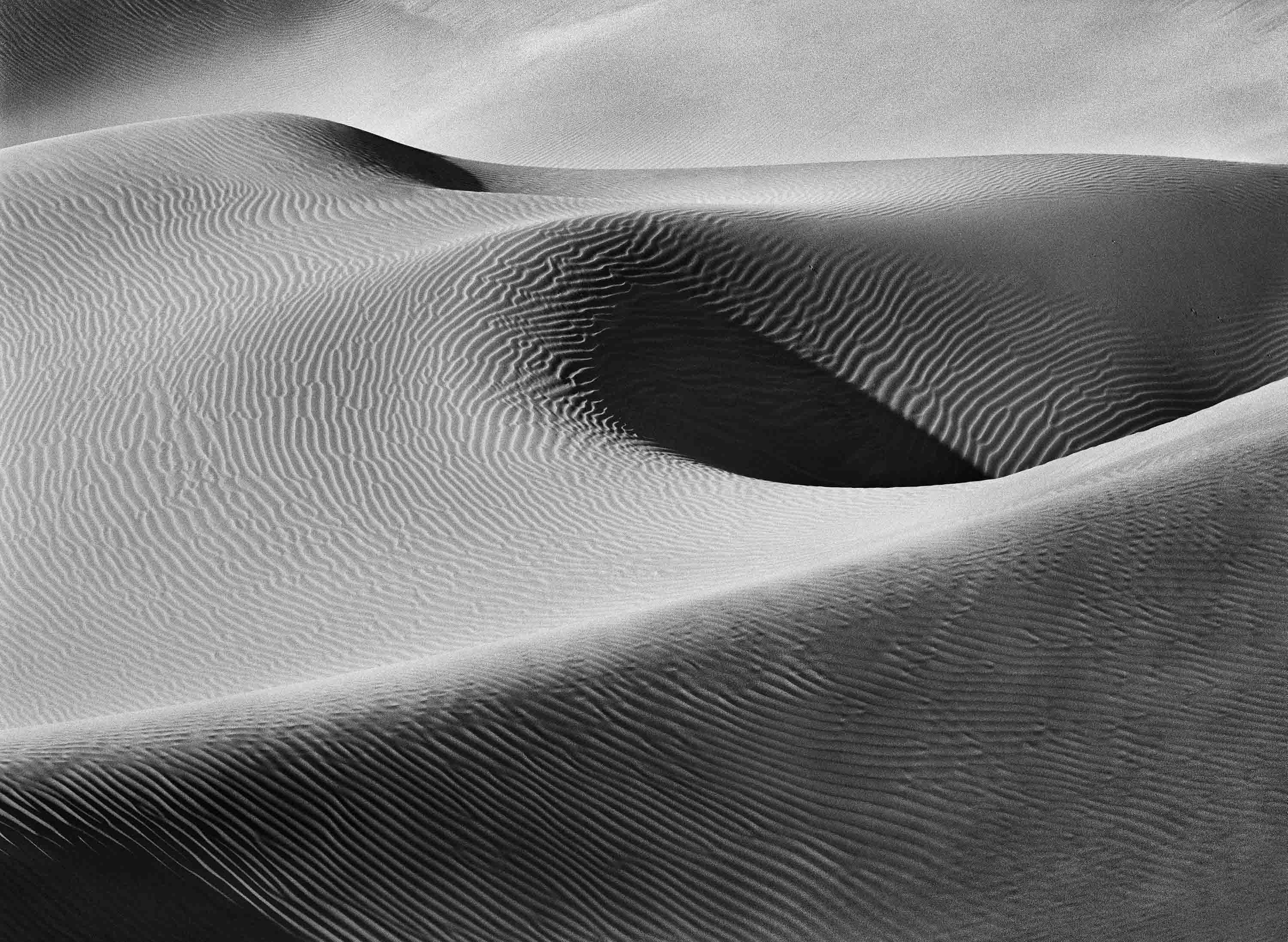
03rd February 2023
For decades, owning a collector’s print by Sebastião Salgado has been one of the cornerstone requirements for building a collection of photojournalism of any merit, but the renowned Brazilian photographer has recently upped the stakes by releasing platinum-palladium prints of his work for the first time.
Printed by the brilliant Georges Charlier and his team at Salto Ulbeek in Belgium, ‘Magnum Opus’ is a collection of 50 seminal photographs that span Salgado’s sixty-year career. What does this mean for collectors of Salgado’s work, and why are more and more photographers drawn to this process?

Platinum-palladium printing technique was invented in the 19th century and is distinct from the more typical silver gelatin printing process in a number of ways. Firstly, it results in prints with a greater tonal range (more greys than strongly contrasting black and white) making it excellent for rendering an image and three-dimensional shapes with more subtlety. Secondly – and on a more practical note – it is extremely time-consuming and expensive, requiring great skill and investment.
There is a great appeal to photographers if they are able to make platinum-palladium prints: they are extremely long-lasting and durable, compared to other types of print, and they give a new aesthetic quality to existing photographs. In recent years photographers have become interested in this very traditional technique, partly as a result of advances in digital technology – both to combat the impression that photographic prints are now easily made, and because digital technology itself has helped to make platinum printing an easier and more cost-effective process. Georges Charlier of Salto Ulbeek in Belgium has been a pioneer in the field, combining the latest digital scanning technology with equipment that fuses high-tech laser imaging and traditional, wet process printing techniques. He and his team take scans of negatives, or raw digital files, and split the tonal range of each image into three separate newly printed analogue negatives, which are then combined with the technology to produce extraordinarily well balanced and detailed platinum prints.

Once the initial work is done, the prints can be made with relative ease. Salgado is the latest in a line of high-profile photographers, including Elliott Erwitt, who have been captivated by Salto Ulbeek’s abilities. With this venture, Salgado releases editioned prints for the first time, reimagining photographs from throughout his career in new and innovative ways. Inevitably at a higher price point, these new editions represent a premium range of prints for collectors; It is an approach to marketing that goes back many decades to when Horst P Horst released his images in both silver and platinum prints in the same way – the platinum prints still trade at a higher price point, many years after Horst’s death. Collectors around the world with sufficient resources stand to be dazzled by these new, powerful interpretations of Salgado’s uniquely important photographs.
FeaturedSebastião Salgado

FeaturedSebastião Salgado
The ArtistUndertaking projects of vast temporal and geographic scope, Sebastião Salgado is one of the most celebrated photojournalists working today. Whilst inescapably memorable for their beauty, Salgado’s photographs are laden with political purpose exposing the social and environmental problems facing our planet.
Artist Page